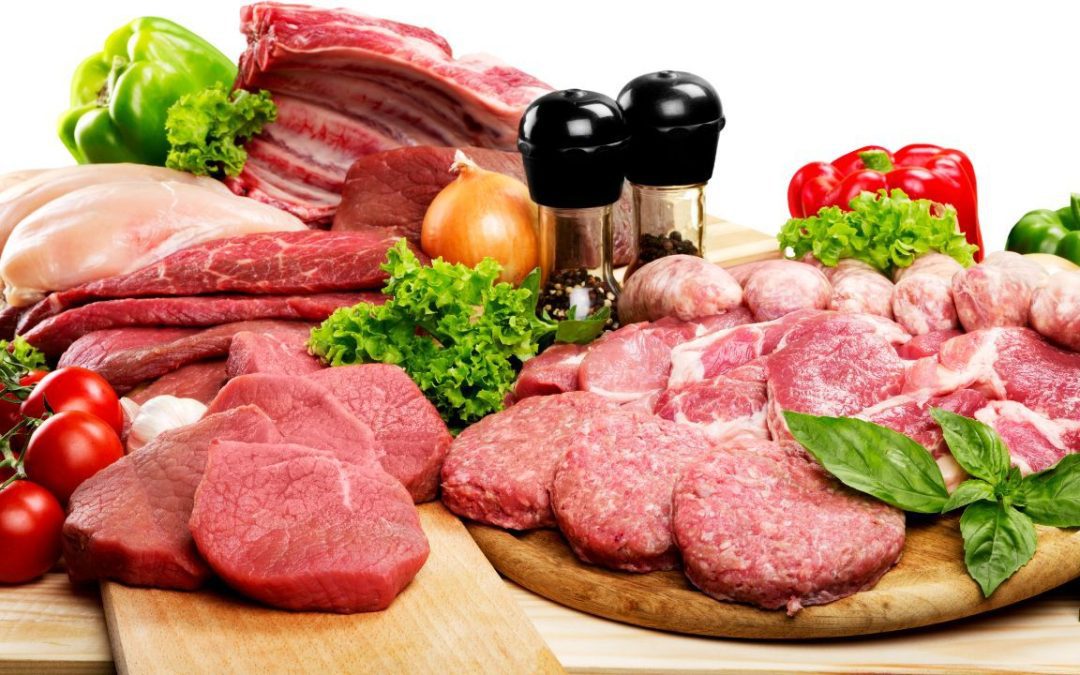Are you suffering from kidney disease and confused about what meats to include in your diet? Don’t worry, you’re not alone. In this comprehensive guide, we’ll cover everything you need to know about meat and protein in the renal diet, including the ideal amount of protein for kidney disease, the role of animal protein, and when low-potassium meats can be helpful or harmful.
First, let’s take a look at protein. How much protein should you have with kidney disease? Well, it depends on the stage and cause of your kidney damage. In the early stages of CKD (stages 1-3), it’s best to avoid high-protein diets. But for the late stages of CKD (stages 4-5 not on dialysis), a low-protein diet is usually recommended to preserve kidney function.
When it comes to animal protein, the answer is not so straightforward. It depends on your stage and situation. However, limiting animal protein has been shown to delay CKD progression in some cases. But there are also situations where including low-potassium meats may be acceptable, such as during dialysis and cultural/religious preferences.
On the other hand, low-potassium meats may not be helpful in some cases, such as if you’re following a special diet for stage 4 or stage 5 kidney disease, if you’re on a low potassium diet restriction, or if you have high phosphorus levels.
So, what makes a food, including meat, low in potassium? A food is considered low in potassium if it contains less than 200 milligrams of potassium per serving, which is typically 3 ounces or 100 grams.
When it comes to potassium content in various meats, fish, and deli items, clams have the lowest amount with only 58 milligrams per 100g serving. Shrimp also have a relatively low potassium content of 101mg per 100g serving. Canned light tuna has a slightly higher potassium content with 176mg per 100g serving. Unfortunately, there aren’t many low-potassium meat options, especially in chicken, turkey, and other common meats. Chicken wings are the lowest in this category, containing 206 milligrams of potassium per 100-gram serving. In the deli category, bologna and corned beef have the lowest potassium content with 147mg and 136mg per 100g serving, respectively. On the other hand, Canadian bacon has the highest potassium content among the deli items, with a whopping 999mg per 100g serving. Moving on to fish, anchovy has one of the highest potassium contents with 544mg per 100g serving. Other high-potassium fish include halibut with 549mg, swordfish with 528mg, and fresh tuna with 557mg per 100g serving. Among the meats, pork chop has a relatively high potassium content of 486mg per 100g serving, while pork tenderloin has an even higher content of 536mg per 100g serving. To conclude, the potassium content of different meats, fish, and deli items can vary greatly, and it is important to consider these differences when choosing your diet.
To help you make informed decisions about your diet, we’ve compiled a chart of potassium in meats, fish, and deli, including chicken breast, chicken thigh, chicken drumstick, ground chicken, duck, turkey breast, beef, lamb, pork, and more.
Here is a table of the potassium content of common meats, fish, and deli items, sorted from lowest to highest:
Food Item Potassium (mg) per 100g serving
Clams 58
Shrimp 101
Canned light tuna 176
Oysters 193
Salmon 391
Sea bass 324
Scallops 253
Trout 476
Tilapia 382
Ground beef 302
Steak 283
Beef shortribs 310
Venison 311
Lamb chop 373
Chicken breast (skinless) 256
Chicken thigh (skinless) 277
Ground chicken 292
Duck (skinless) 251
Turkey breast (skinless) 249
Bologna 147
Corned beef 136
Liverwurst 199
Pepperoni 274
Hot dog (beef) 343
Kielbasa 306
Salami 363
Roast beef (deli slices) 647
Pastrami 647
Chicken (deli slices) 360
Turkey (deli slices) 371
Ham (deli slices) 425
Turkey-Ham (deli slices) 299
Bacon 557
Turkey bacon 666
Canadian bacon 999
Anchovy 544
Halibut 549
Tuna (fresh) 557
Mackerel 436
Herring 413
Lobster 247
Crab 319
Crayfish 294
Squid 441
Swordfish 528
Octopus 626
Pork chop 486
Pork tenderloin 536
Catfish 382
Cod 297
Perch 340
Pike 328
Eel 291
Flounder 203
Haddock 362
Mussels 573
Ocean perch 200
Note: These values are for baked, broiled, or steamed cooking methods.
In the end, the renal diet can seem overwhelming, especially when it comes to choosing the right meats and proteins. However, by using the guidelines discussed in this guide, you can confidently make choices that support your overall health and well-being. Keep in mind that every kidney journey is unique and it’s important to have a personalized diet plan tailored to your specific kidney stage and health conditions. If you’re looking for more support, simply click below to request a customized diet plan that fits your needs.


